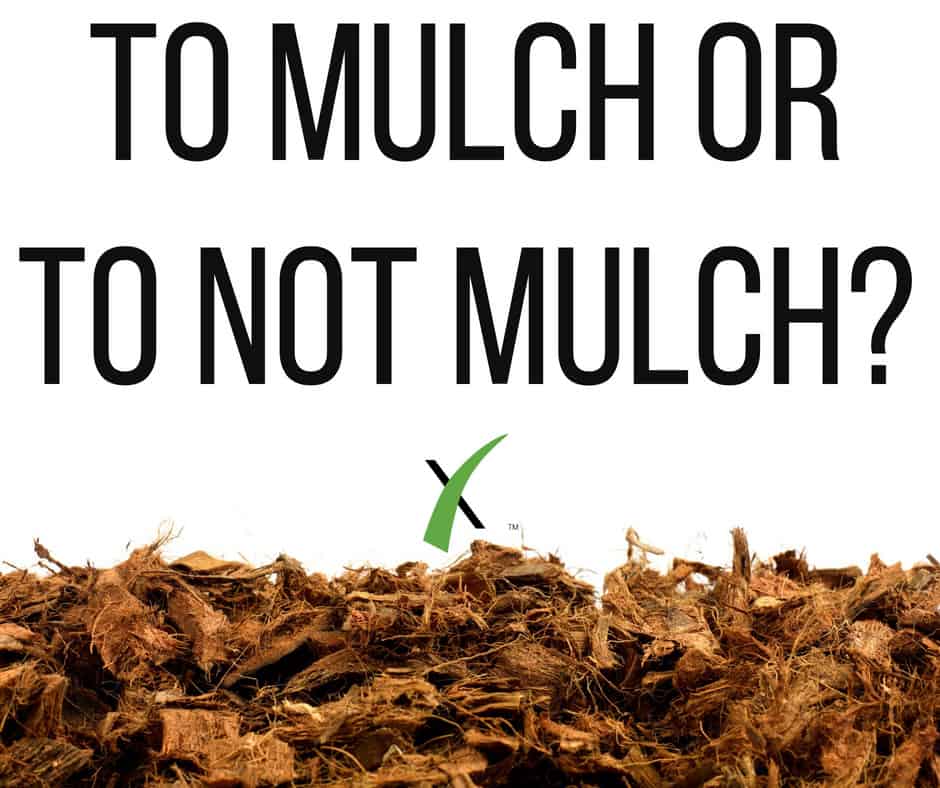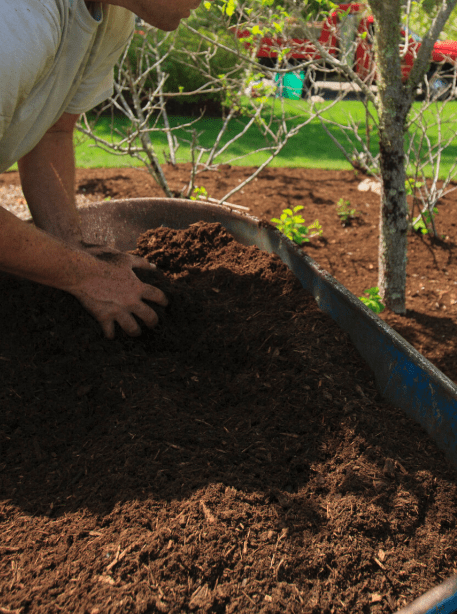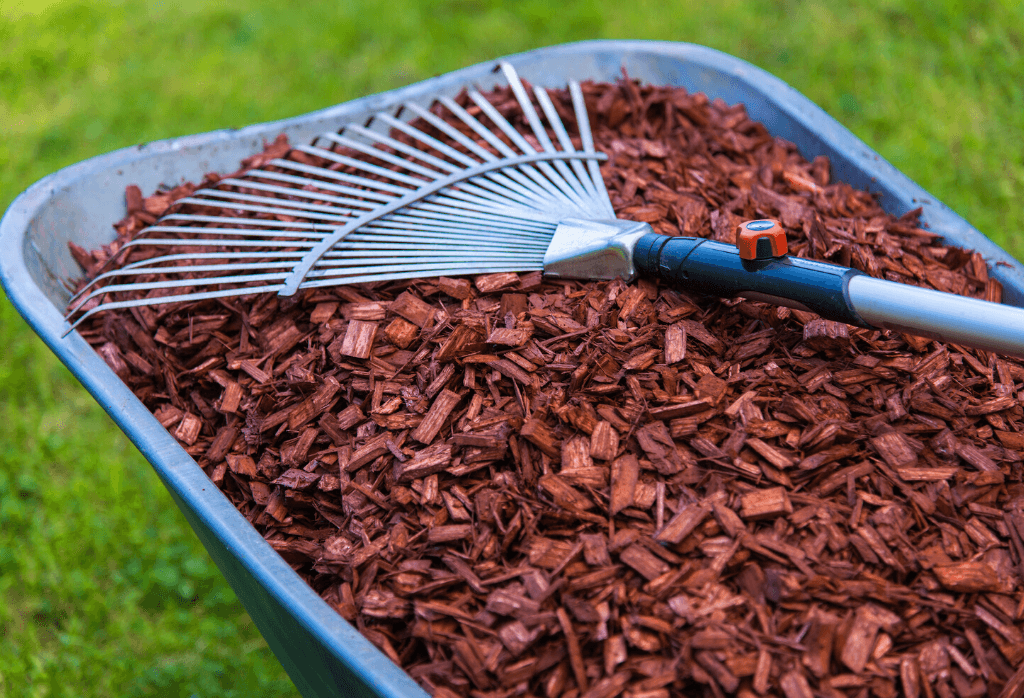What is Mulch? Here’s Everything You Need To Know
Why is the neighbor’s lawn so pristine? Where are the weeds? Why do the beds look almost professionally maintained? The likely answer to these questions is summed up in a word, MULCH.
Great! If that’s all it takes, I’ll simply pile on the mulch and the job is done, the problem solved. But wait, not so fast! There is mulch and there is mulch. Too much of the wrong mulch product, for example, can do real damage, introducing noxious or harmful weeds into the very beds you want to protect.
So, before purchasing the first, most inexpensive mulch at the local big box store or nursery, think about how and where you will be using the mulch; how it will look, what impact it will have on trees and other ornamental plantings.
How And When To Mulch
Below, are some important considerations that will help make your mulch purchase the right one!
Before mulching, take a look at the entire landscape; it’s design and overall appearance. Where is mulch going to provide the protection and neat, manicured look you want? Consider mulching a whole-property project vs. dumping a bag or two here and there across your property.
In the northern part of the U.S., it is recommended to wait to mulch until a bit later in the spring. Give the soil a chance to warm up and plants that are in the bed areas start to grow.


How satisfied are you with the look of the property? Consider a new type of mulch. Mulch products are available in numerous ‘grinds’, colors and materials. A fine ‘grind’ product delivers a manicured, neat look; while coarser, shredded hardwood will give the landscape more of a natural, country look and feel.
If you have mulched beds previously, three or four times, remove most of the old, decaying material before adding more mulch. Then, apply new mulch to a depth of two inches.
Mulch trees as well as landscape beds. Be careful not to apply too much mulch next to tree trunks. A maximum of three inches is recommended, clearing away mulch from the immediate trunk area, allowing air, water and fertilizer to reach roots. Also, be careful not to mound the mulch like a “cone” or “volcano”. The finished mulch should appear more like a saucer, to catch and retain rainfall.
As you mulch beds, to maintain a neat, clean border, thin out the mulch at the edges of beds, near sidewalks and driveways.
If you have bare soil areas in the lawn, to avoid erosion and improve appearance, cover these areas with mulch.
Remember, when you apply dozens of bags of mulch, you are essentially creating the look of your property. Select texture and color carefully, according to the look you want. At the local nursery or mulch supplier, you can access complete and detailed information on each mulch product.
Lots of choices exist: Mushroom compost, pine straw, ground cocoa beans, wood chips, shredded hardwood, died and natural colored mulch, even pulverized pallets are available as mulch. Some absorb water, some simply protect the soil underneath. Some [dyed products] retain color, others [natural products] lose color end bleach out in the sunshine.
Mulch for new grass seedlings: In some situations, mulch can provide important protection. Straw mulch, used to maximize water retention on new seed beds, can make all the difference in achieving a successful seeding. If the straw mulch is applied lightly, there is no need to rake it away. As the new turf is mowed, the straw will eventually be chopped into small pieces and literally disappear.
Click here for more important mulch considerations.
Join Our Free Lawn Care Newsletter
Stay Up to Date With The Latest News & Updates
* We don’t share your info with anyone ever.




